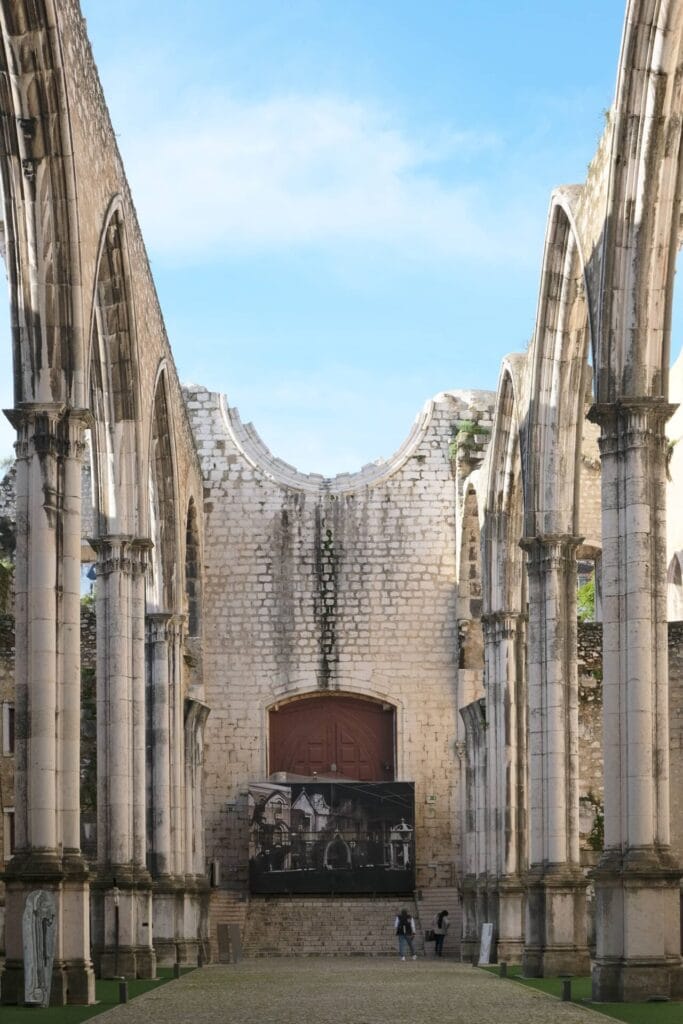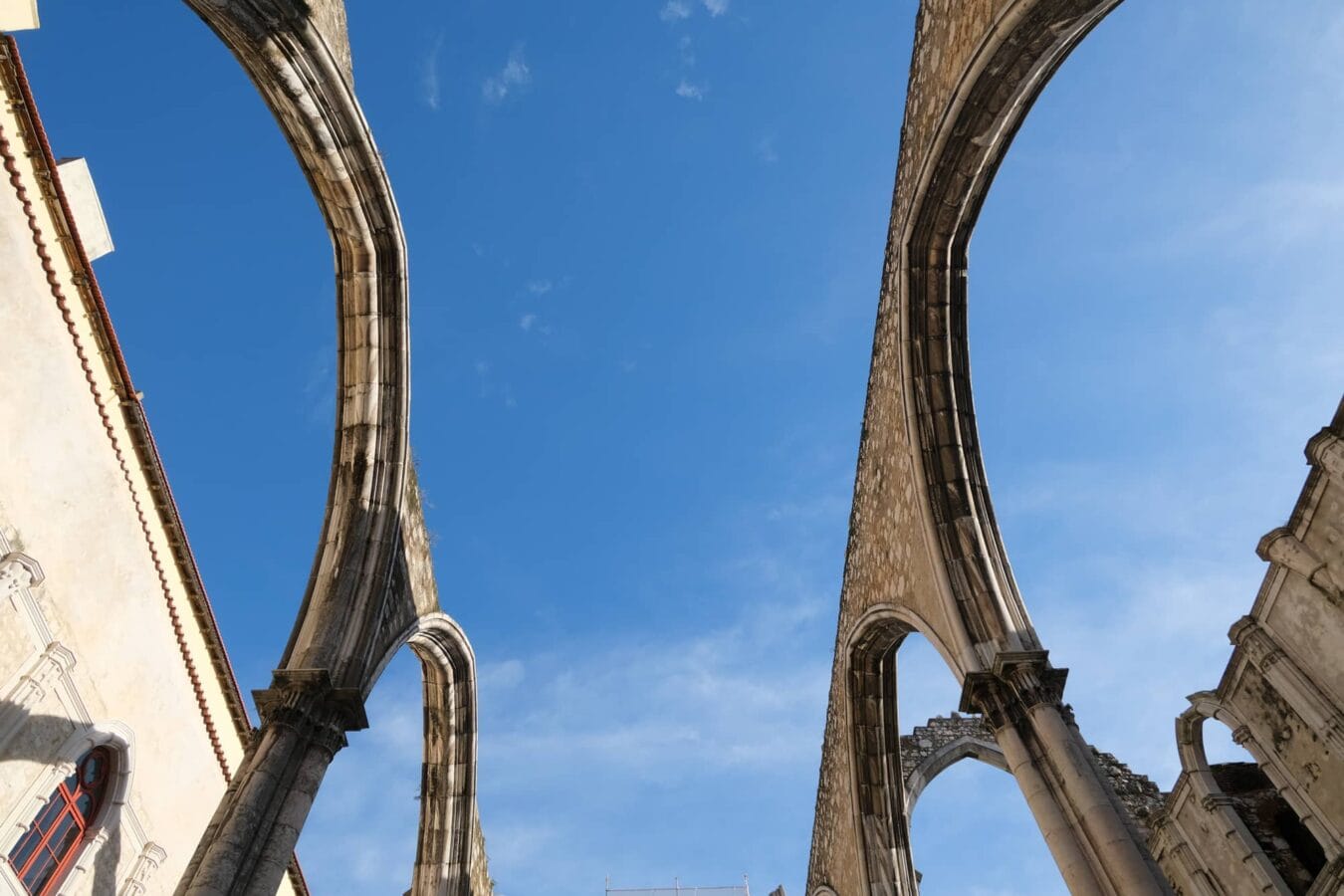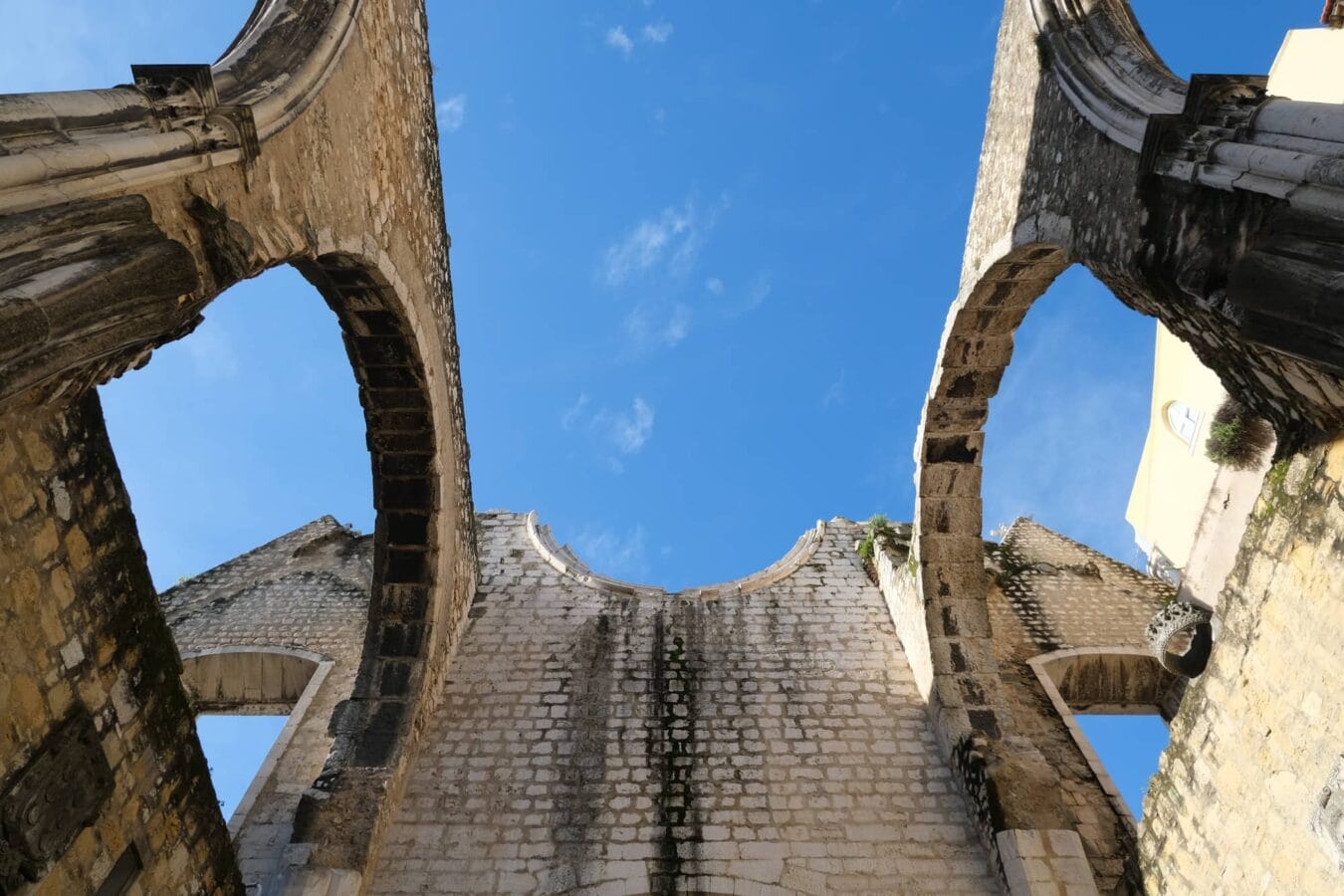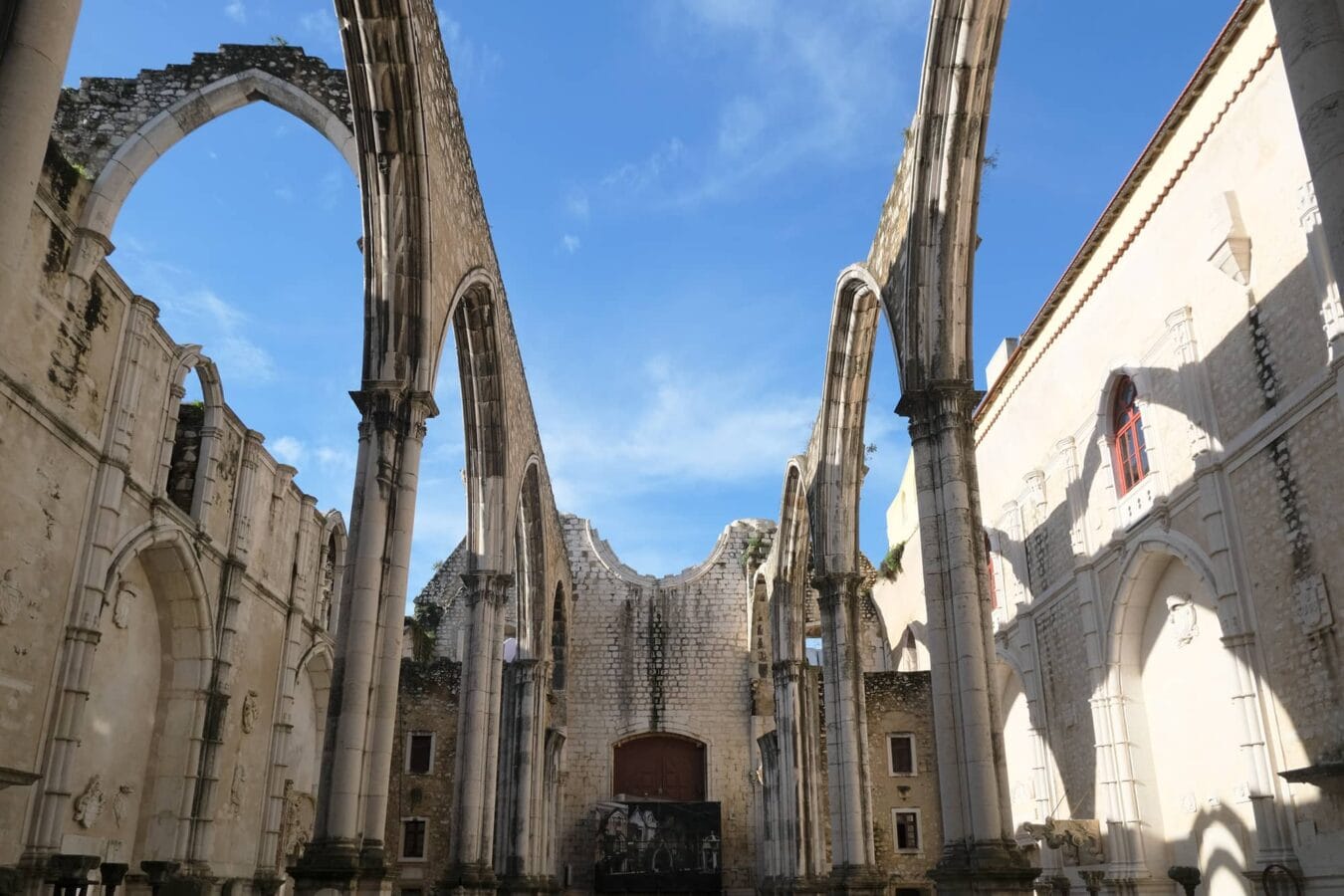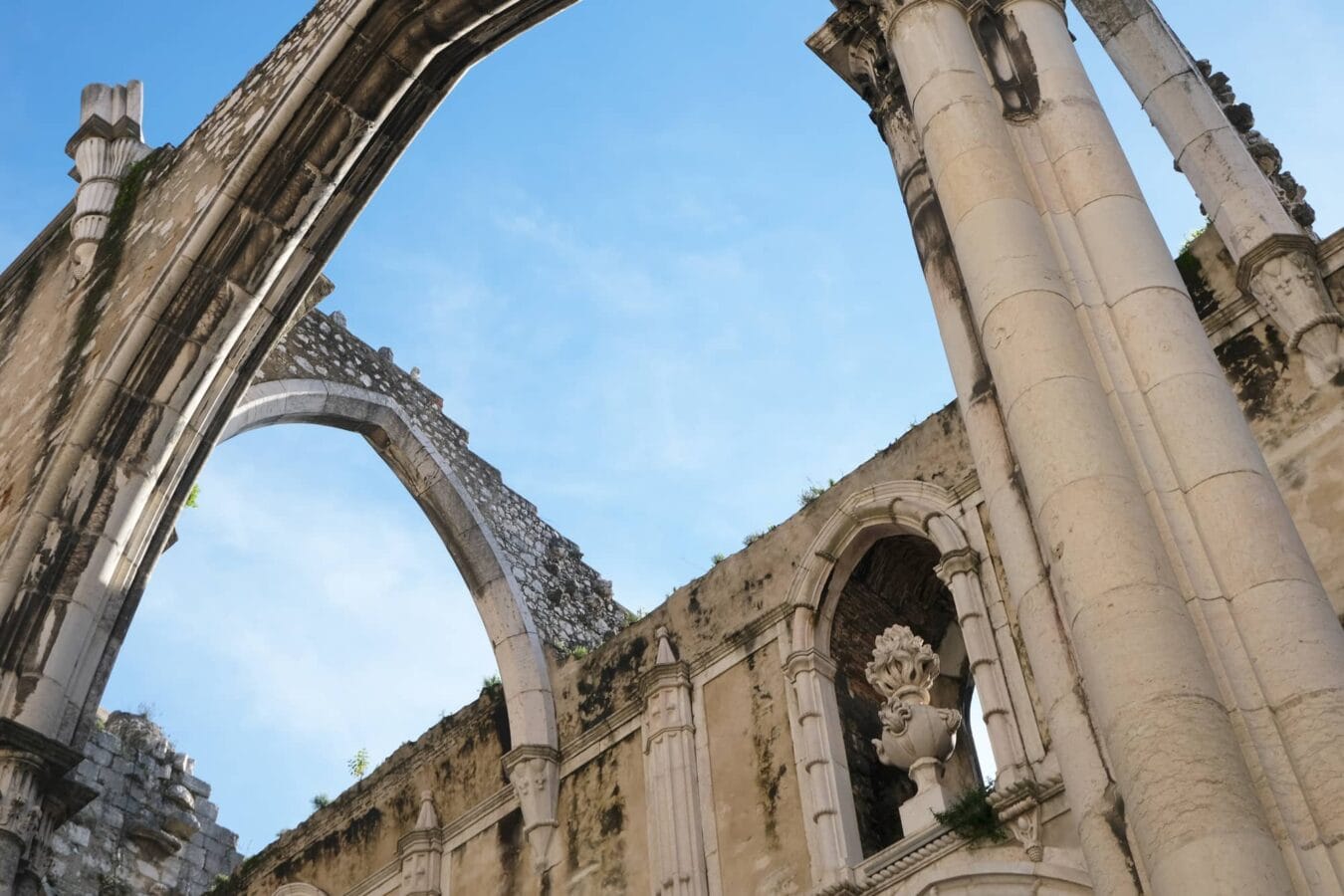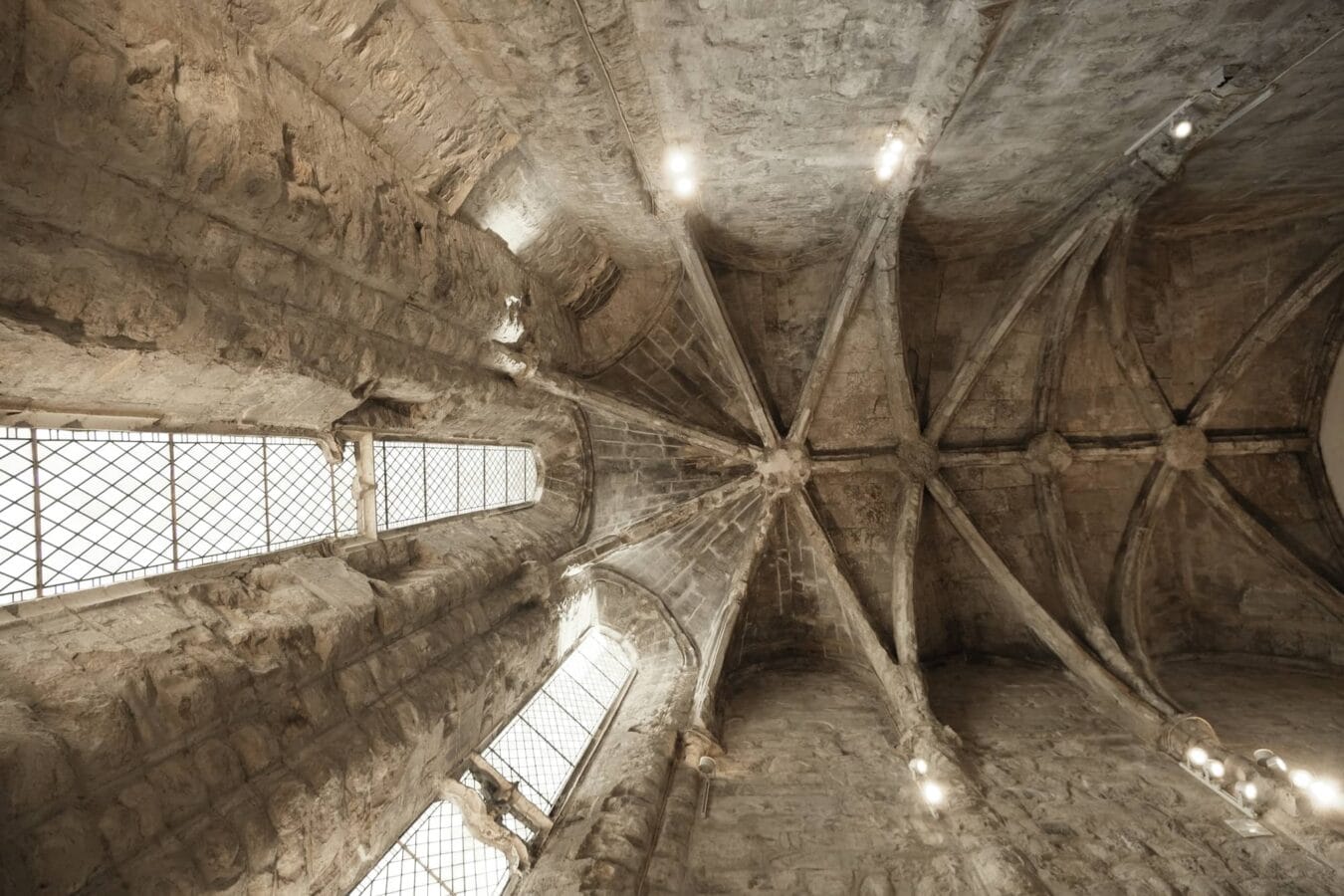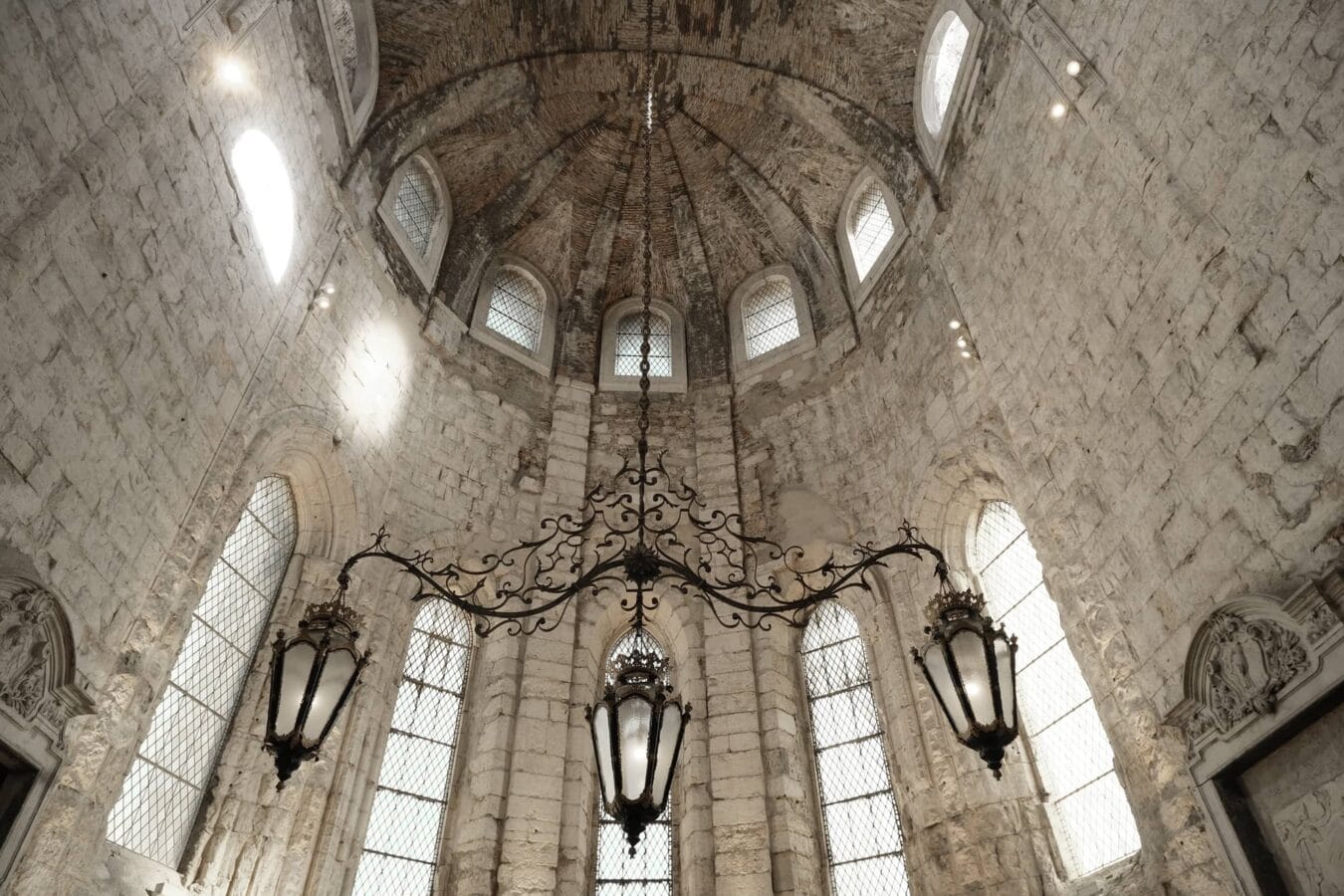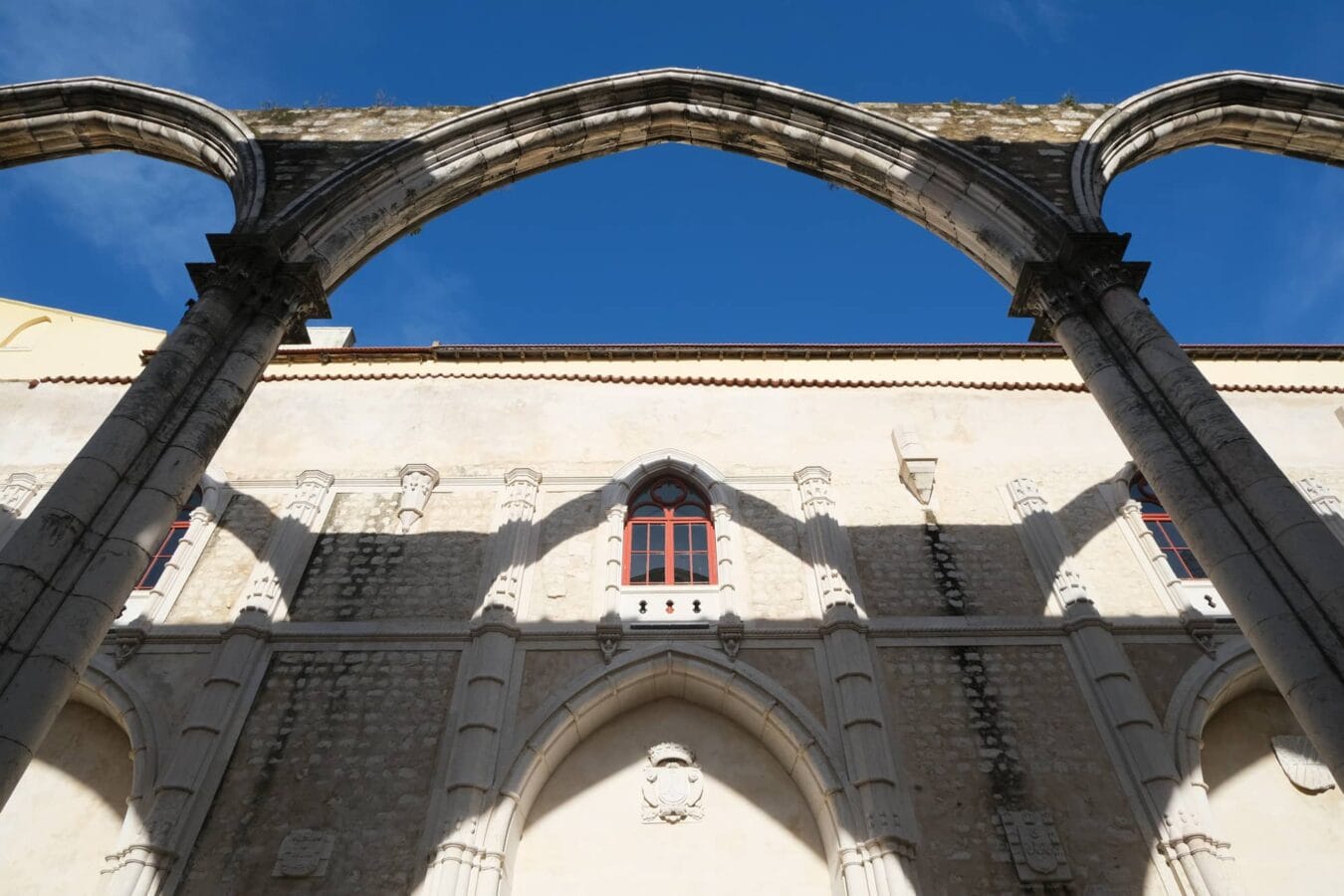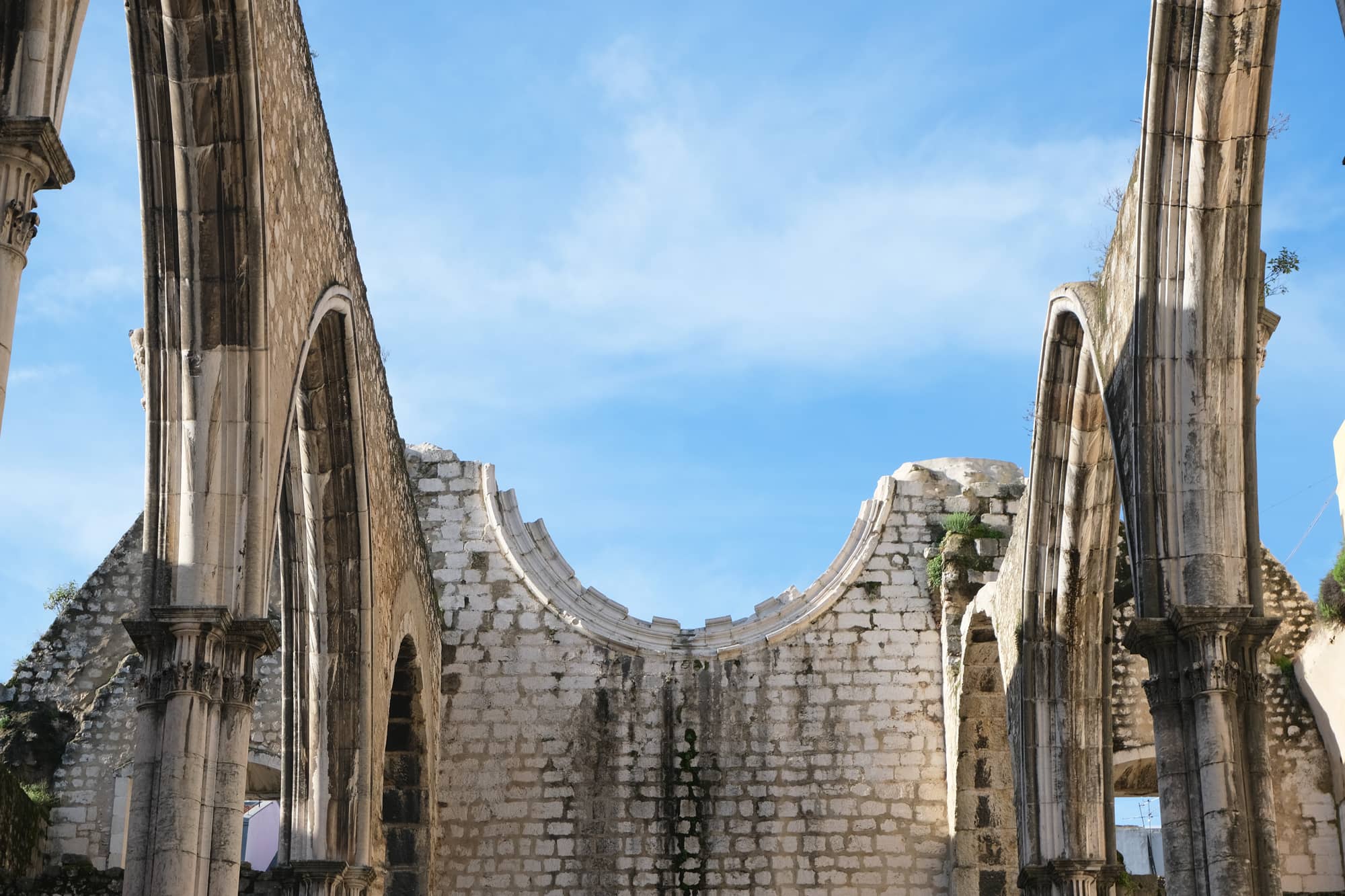In the heart of Lisbon stands the Igreja do Carmo, a historic monument that captures the essence of time and resilience. This church is more than just a place of worship; it represents a significant chapter in the history of Lisbon and Portugal.
Founded in the 14th century by the Carmelite Order, the Igreja do Carmo has witnessed many historical events, the most devastating of which was the 1755 earthquake. This event left it without a roof, but at the same time, gave it a unique charm, turning it into a symbol of resilience and remembrance.
The church’s architecture is an exemplary example of the Gothic style in Portugal, with its high naves and ribbed vaults creating a sense of majesty and spiritual elevation.
Today, the Igreja do Carmo is not only a historic site but also a cultural venue. Inside, it houses the Museu Arqueológico do Carmo, which features a fascinating collection of historical artifacts, including items from the Roman, Visigoth, and Moorish periods.
An interesting anecdote about the Igreja do Carmo is linked to the Carnation Revolution of 1974, a crucial moment in Portuguese history that led to the end of the dictatorship.
It is said that it was from the ruins of the church, where the last president of the Estado Novo, Marcello Caetano, took refuge, that the order was given not to shoot the revolutionaries, a gesture symbolizing the peaceful transition of the country to democracy.
